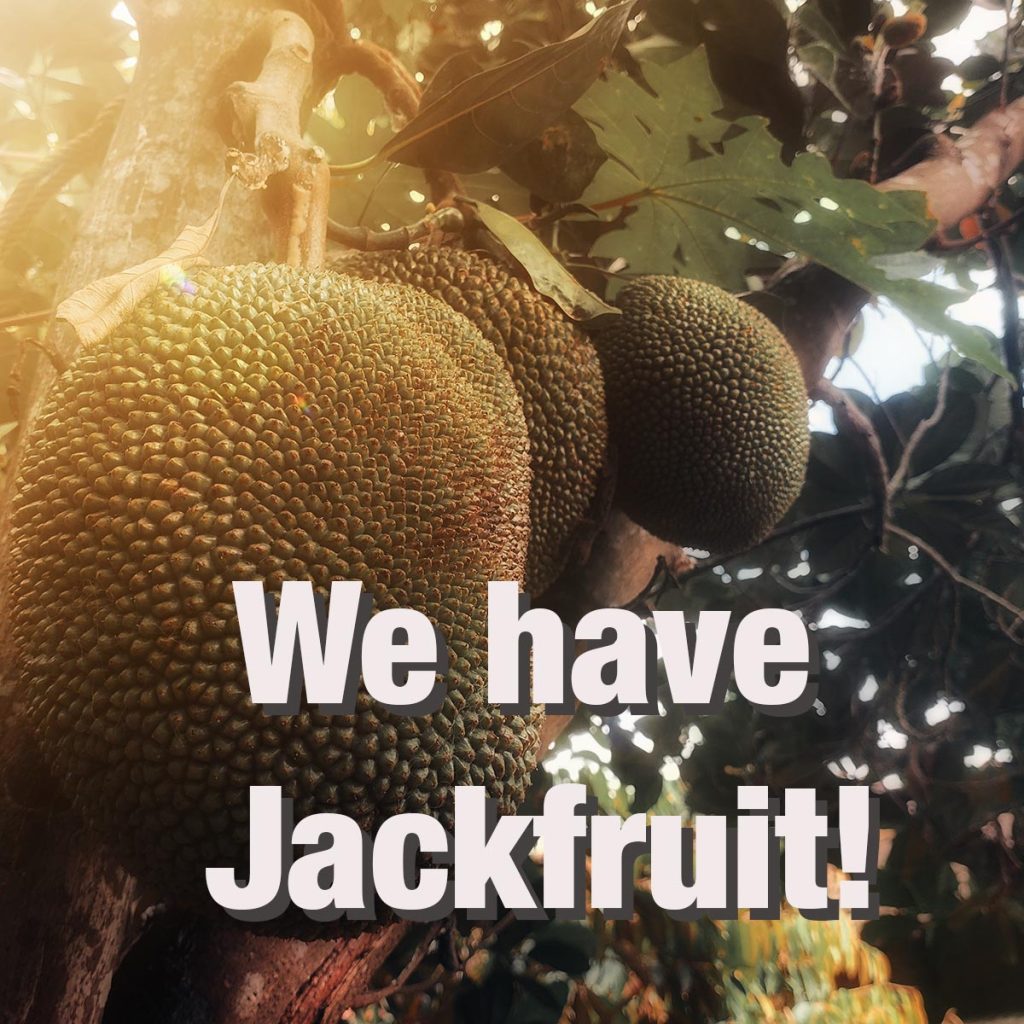Tropical Fruit – A Tasty Survey, Part II
This week we look at more of the interesting tropical fruit trees that we are able to grow in southern Florida. Cashew Apple (Anacardium occidentale) The Cashew Tree is an attractive, mid-sized species with a broad canopy. It produces large, leathery green leaves and yellowish-pink flowers. Native to arid northeastern Brazil, it was discovered in…
Read more
